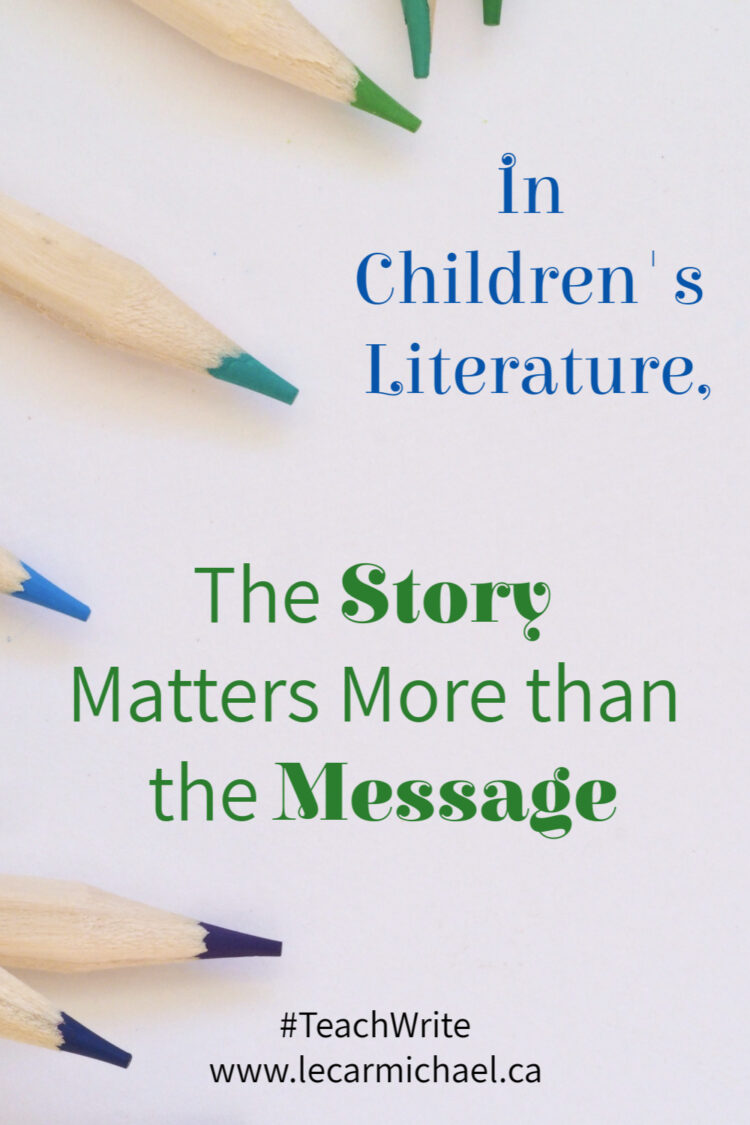 Welcome to Teach Write! This column draws on my 20 years’ experience teaching writing to kids, university students, and adult learners. It includes ideas and exercises that teachers and students can use in the classroom, and creative writers can use to level up their process.
Welcome to Teach Write! This column draws on my 20 years’ experience teaching writing to kids, university students, and adult learners. It includes ideas and exercises that teachers and students can use in the classroom, and creative writers can use to level up their process.
For the last few months, we’ve been looking at the purpose of different genres of writing, and the way the purpose of a document affects our approach to the task. Most of those columns focused on academic writing, but today, I’m talking to creative writers – particularly, those of us who write, or want to write, for young readers.
I’ve been a professional children’s writer for (oh wow), 12 years now. In that time, I’ve attended countless meetings and conferences and casual get-togethers, not to mention all the conversations I’ve had online. When I talk to new and pre-published writers about their projects, one of the first things they tell me is what they want kids to learn from reading their books. These desires spring from a (regrettably) common misunderstanding about the purpose of children’s literature – that it exists to teach.
“Now hold on there,” I hear you saying. “You write nonfiction, Lindsey. You seriously expect me to believe you don’t want your readers to LEARN?”
You’re right – by definition, nonfiction is chock full of facts. It is a genre that is designed to present information and ideas, in the hopes that some of them will stick to the bumpy surfaces of the readers’ brains. But even for non-fiction writers, teaching’s not actually the goal. At least, it’s not my goal. My primary goal* is to entertain and engage and delight, with luck so effectively that kids don’t actually notice they are learning. #daretodream
And here’s the thing – the vast majority of writers who tell me that they want to teach kids aren’t writing nonfiction. They are writing picture books and chapter books and novels.
I have no actual data on this, but I suspect that our impulse to teach comes from two places:
- books that we ourselves read as kids – because many older children’s books are explicitly moralistic (I’m looking at you, C. S. Lewis and Charles Perrault)
- the desire to make a difference in kids’ lives
I get it, I really do. Wanting to make a difference is why many of us decide to write for young readers in the first place (as opposed to writing for adults, who might already be beyond saving). And if we haven’t read a children’s book in a while, we can certainly be forgiven for not appreciating how much kid lit has changed since we were kids ourselves.**
As children’s writers, we can have many goals – to entertain, to illuminate, to comfort, to build empathy, and yes, even to teach. But our primary purpose should always be the same: to tell a good story, whether true or imagined. If we do that, and do it well, teaching will take care of itself. Think of the story as the medium – the cereal, if you will – and the message is the toy surprise. 😉
Hey, did you know I teach writing workshops? It’s true – I work with adult writers, teachers, and students of all ages. Contact me to book an appearance. And feel free to share your own thoughts on this topic in the comments – I love hearing from you.
*My secondary goal is to try to convince a publisher to pay me to write a book on a topic that I want to know more about, because in my world, few things are more amazeballs than getting paid to learn. 😀
**And the first thing we should do is run to the bookstore or library and get acquainted with the new releases – which, hooray, we are now reading and we get to call it WORK.